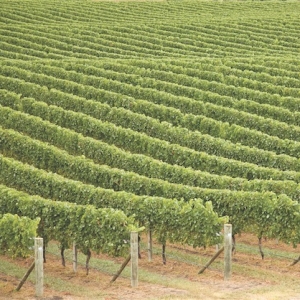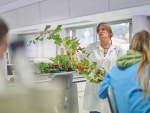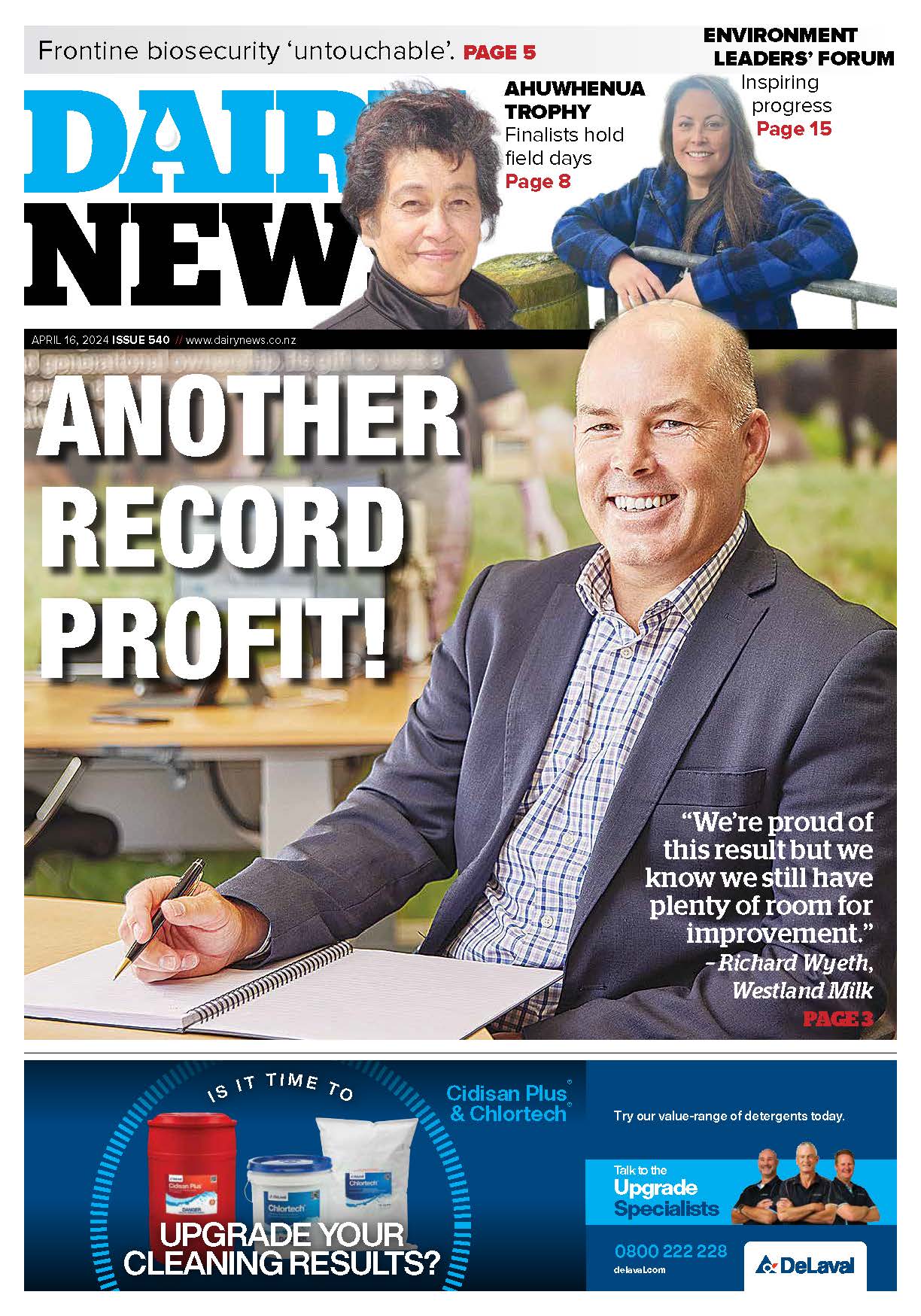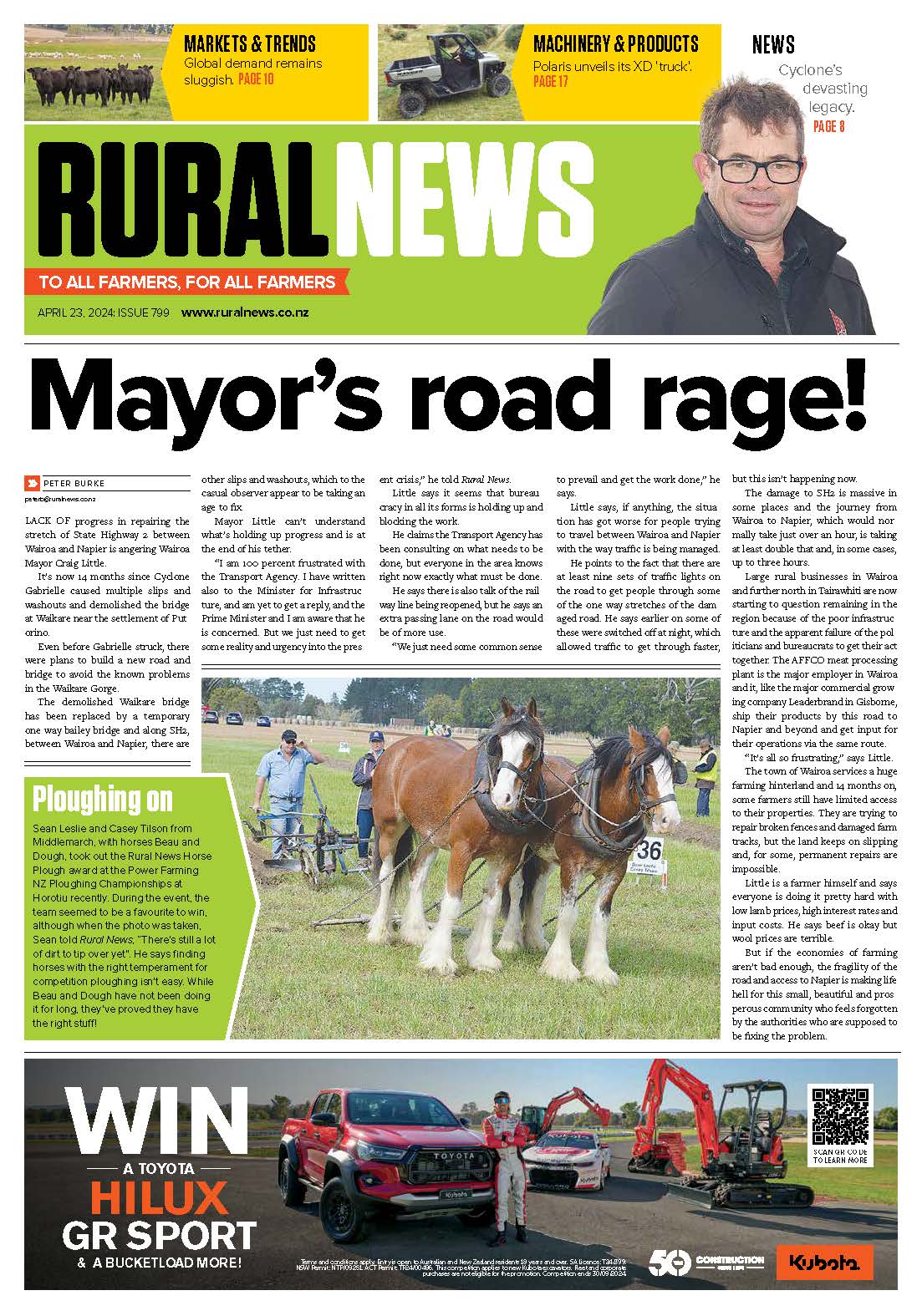The first step to successful wine making is managing the crop to an appropriate yield and fruit composition. This requires an understanding of the factors determining the various components of yield (number of shoots per hectare, the number of bunches per shoot and berries per bunch and the size of those berries).
Early prediction of the potential yield enables growers to apply vineyard practices to modify the yield and fruit composition to better achieve the target required. Unexpectedly high or low yields can have a negative effect on the whole supply chain, putting strain on processing and marketing fruit and wine.
The sudden, season to season changes in yield, observed in New Zealand can be attributed to changes in the overwintering carbohydrate (and possibly other e.g. nutrient) reserves in the grapevine and/or weather events at specific stages of vine development. Some changes in yield can be attributed to late spring frost events (for example the low average yield of all varieties in 2003).
In this article, we will first consider the prospects for the 2015 harvest and some of the factors that are determining yield and fruit development. While much of the focus is on Marlborough Sauvignon Blanc, some consideration is given to other varieties, and many of the environmental responses discussed can be applied to all varieties of grapevine
Yield predictions for 2015
A Marlborough Sauvignon Blanc yield model (Trought 2005), has been used to predict potential yields over a number of growing seasons.
Using the model, estimated inflorescence initiation and flowering temperatures for Marlborough Sauvignon Blanc have again been above average. The initiation temperature for the 2015 harvest (14 December 2013 to 17 January 2014) was an average of 8.0 growing degree days (base 10oC) compared to the long-term average (1988 to 2014) of 7.3.
The average flowering temperature (9 December 2014 to 9 January 2015) was 7.9 growing degree days, again well above the long-term average of 7.1.
Overall this would suggest that the 2015 potential Marlborough Sauvignon Blanc yield will be just under 40% above the long-term average. One year ago in January 2014 the yield at harvest in 2014 was projected to be 60% above average.
The date at which a particular variety flowers is influenced by the location of the vineyard in the Marlborough region as reported in VineFacts on 24 December 2014 and http://wineclimate.co.nz/. As a result the effects of sudden changes in temperature experienced this season will have different effects on fruit set. For example, we can anticipate that vines flowering in early December will have lower fruit set than those flowering in the second half of the month. Further research is underway to attempt to improve the sub-regionality of the yield prediction model.
Factors other than temperature that are likely to have moderated the yield potential for 2015
The yield model can currently only provide an indication of potential yield of a given variety at a regional scale. It is important that growers assess the yield potential of their vineyard. Wine companies generally have good yield assessment protocols. Alternatively, additional protocols have been published in previous VineFacts™ or can be found elsewhere (Allen & Trought 2013).
Other factors that may moderate yield include:
A number of frost events in late September and again in November 2014 in the Marlborough (and elsewhere) region damaged vines. In some cases (particularly the September frost), damage to the primary shoot will result in a less fruitful secondary shoot developing, and this may explain some of the reduced fruitfulness being reported on Pinot Noir vineyards.
High yielding vineyards in 2014 may have had poor overwintering carbohydrate reserves. Inadequate reserves result in poor and uneven spring shoot growth. Inadequate reserves can also result in inflorescence abortion during budburst, resulting in a decreased bunch number per shoot and vine yield. At the same time, lower reserves can result in the remaining bunches being smaller.
Low temperatures, as occurred just prior to budburst in 2014, have also been shown to reduce bunch weight.
Influence of yield on fruit development
Grapevine yield (or more specifically the leaf area: fruit weight ratio) can influence fruit development rates from flowering to harvest. For example canopy trimming from 12 to six leaves can extend the time from flowering to véraison by seven days (Parker et al. 2014). A reduction in yield by 50% has a smaller effect (Parker et al. 2014). However, grapevine yield can slow the rate of soluble solids accumulation and the time taken for fruit to ripen from véraison to harvest.
Data from the regional Sauvignon Blanc vineyard study indicates that the time from véraison (8oBrix) to harvest at 22oBrix increases by approximately 3 days, per kg of fruit on the vine.
The high yields experienced last season were a contributing factor to later than predicted harvest dates, given the warmer than average early part of the season experienced from budburst to flowering.
If the full potential yield of 40% above average for Sauvignon Blanc in Marlborough is realised the downstream impact is that (without thinning) commercial maturity will probably be some 15 days later than average. The phenology this season is currently tracking very close to the long term average which would suggest that blocks that are typically harvested later than the first week of April are likely to reach maturity in late April this season. With the 2014 vintage experience in mind growers should consider the quality and income risks associated with a later harvest as part of the decision making process on whether to crop thin in 2015.
Prospects for 2016 and beyond
Using the initiation temperatures in December 2014 - January 2015 and the long-term average flowering temperature, yields for 2016 are currently estimated to be 15% above the long-term average.
Using temperature data from 1988 to 2015, suggests a progressive temperature driven seasonal yield increase of 1.5% per annum.
Increased planting being observed this year (estimated to be 1,600ha by Jamie Sigmund of the Marlborough District Council) will result in greater production when these vineyards come on-stream in three to four years.
As part of a three year New Zealand Winegrowers/Marlborough Research Centre project to convert the VineFactsTM newsletter from a regional to a national subscription service a special free edition of VinefactsTM, outlining yield forecast information for vintage 2015, was prepared by Dr Mike Trought and Rob Agnew at Plant & Food Research for distribution to all members of New Zealand Winegrowers. The special edition can also be downloaded from the members’ area of nzwine.com.












